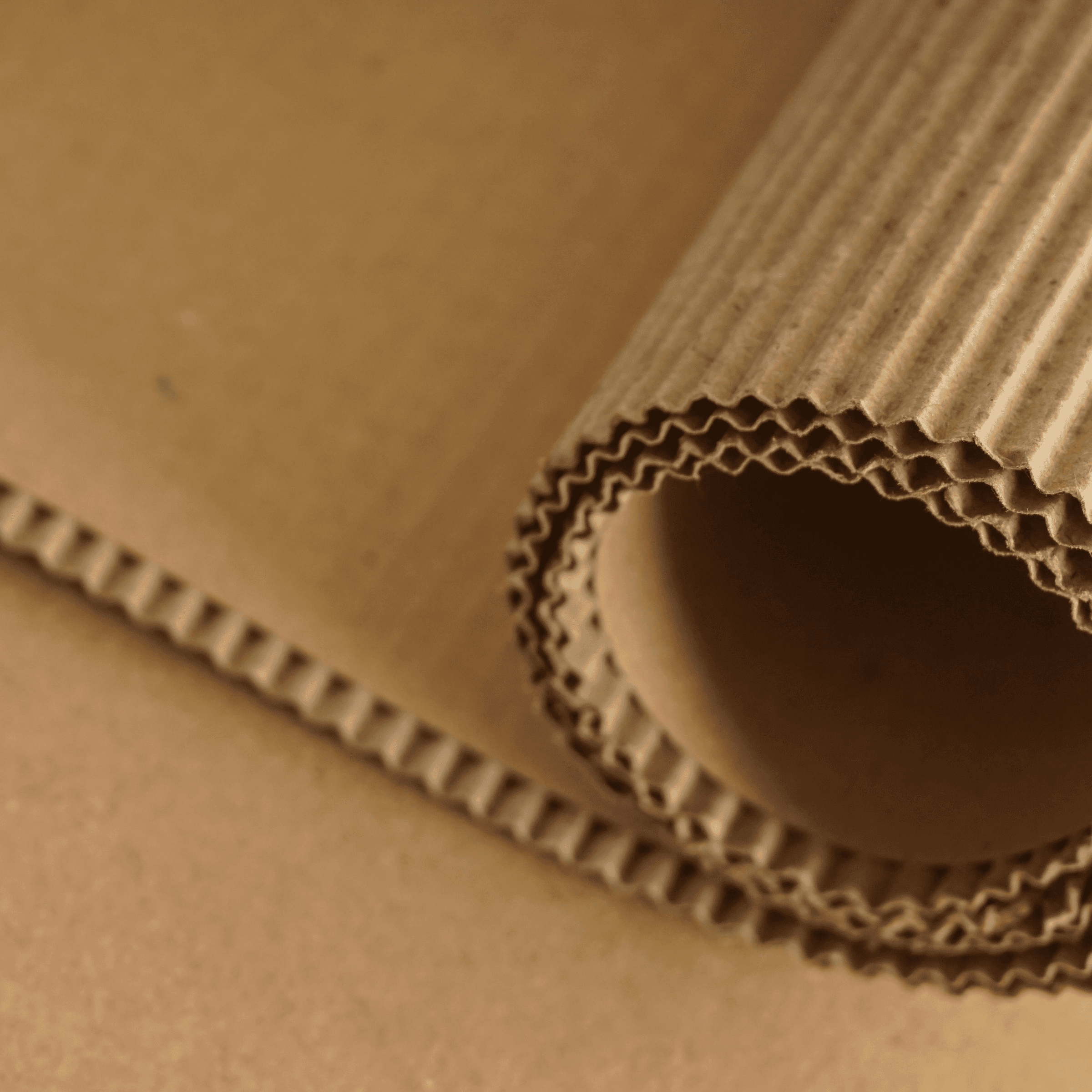The world of less-than-truckload (LTL) freight is undergoing one of its most significant changes in decades. In July 2025, the National Motor Freight Traffic Association (NMFTA) implemented a sweeping overhaul of the National Motor Freight Classification (NMFC) system, directly impacting how freight is rated, quoted, and invoiced across North America.
For shippers, 3PLs, and supply chain professionals, understanding these changes isn’t optional — it’s essential for maintaining profitability, ensuring compliance, and avoiding unexpected costs. In this article, we’ll break down the key components of the LTL freight classification overhaul, explain what’s driving the changes, and share strategies to help you navigate this evolving landscape.

What is the NMFC and Why Does it Matter?
The National Motor Freight Classification (NMFC) is the foundation of how LTL freight is categorized and priced in the U.S. Managed by the NMFTA, this system assigns a classification number (ranging from Class 50 to Class 500) based on four key factors:
- Density
- Stowability
- Handling
- Liability
These classifications help carriers determine shipping rates, with higher classes generally indicating higher shipping costs due to increased risk or handling complexity. Accurate classification is critical — mistakes often lead to reclassification charges, invoice disputes, and strained carrier relationships.

What’s Changing in July 2025?
1. Density Takes Priority
The most significant shift is a move towards density-based classification. While density has long been a factor, the new rules place far greater emphasis on dimensional weight and freight density. Many items previously assigned fixed classes are now subject to variable classes tied directly to their cubic density.
Key Impact:
- Bulky but lightweight items (think furniture, fixtures, display materials) may see a class increase.
- Denser, more compact freight could be reclassified lower, reducing costs.
2. Revised Definitions for Stowability and Handling
The NMFTA has clarified and tightened standards for stowability (how freight fits with other goods) and handling (how easily it moves through the supply chain). Items requiring special equipment or presenting stacking challenges may now be classed higher.
Examples:
- Items exceeding standard pallet heights or requiring non-standard handling equipment may now fall into higher classes.
- Fragile or irregularly shaped goods are more clearly defined as having higher handling complexity.
3. Updated Liability Considerations
Liability classifications have been refined, particularly for goods prone to theft, damage, or spoilage. Products in high-risk categories may now carry higher classifications to reflect increased carrier risk.
Affected Categories:
- Electronics
- Alcoholic beverages
- Perishable foods

Why the Overhaul?
1. Modernizing the System for Evolving Freight Profiles
Ecommerce, automation, and diversified supply chains have changed the nature of shipped goods. The NMFTA aims to create a system that better reflects the true costs and risks carriers face today.
2. Addressing Carrier Concerns Over Under-Declared Freight
Carriers have long cited classification disputes as a pain point. Moving to density-based rules reduces ambiguity, provides more transparency, and mitigates revenue loss from misdeclared shipments.
3. Aligning with Industry Technology Advancements
Dimensional scanning and AI-based warehouse management systems (WMS) make precise density calculations easier. This overhaul leverages that progress to bring consistency and efficiency to the LTL marketplace.
How Does This Impact Shippers and 3PLs?
1. Rate Adjustments
Shippers may see rate increases or decreases depending on their freight profiles. Heavier, denser shipments might benefit from lower classes, while lightweight, bulky items could become more expensive to move.
2. Reclassification Risks Increase
With density now a focal point, carriers are more likely to enforce reweighs and dimensional inspections. Failure to provide accurate freight specs could lead to frequent reclassifications and additional charges.
3. Quoting Becomes More Complex
Rate shopping will require precise dimensional data. Without it, 3PLs and shippers risk inaccurate quotes, eroded margins, and damaged relationships with clients or partners.
4. Technology and Processes Must Evolve
Shippers will need to invest in dimensioning tools and software integrations that capture and communicate accurate freight details to carriers upfront.

Strategies for Success Under the New Classification Rules
1. Audit Current Freight Profiles
Review your SKUs and freight data. Identify which items are at risk for classification increases and where opportunities may exist to optimize.
2. Invest in Accurate Dimensioning Tools
Adopt certified dimensioning systems to capture precise freight measurements. Automating this process minimizes human error and provides defensible data in the event of disputes.
3. Update Internal SOPs and Training
Ensure shipping teams understand the importance of accurate data capture and classification. Mistakes are more costly under the new rules.
4. Strengthen Carrier Partnerships
Work closely with carriers and 3PLs like Snapl to validate classifications upfront. Collaborative efforts reduce disputes and foster stronger long-term relationships.
5. Leverage WMS and TMS Integrations
Ensure your warehouse management system (WMS) and transportation management system (TMS) can capture, store, and communicate updated NMFC codes and density data seamlessly.
How Snapl Can Help
At Snapl, we specialize in LTL freight optimization, classification compliance, and fulfillment strategies that align with evolving industry standards. Our integrated WMS, Shipedge, ensures accurate data capture, and our experienced team works directly with carriers to resolve disputes and secure the best possible rates for your freight.
Whether you’re managing complex retail distribution or ecommerce fulfillment, we help you navigate the July 2025 NMFC overhaul with confidence.
The July 2025 overhaul of LTL freight classifications marks a pivotal shift in the logistics industry. While it presents challenges for shippers, it also creates opportunities for those willing to adapt. By understanding the changes, updating processes, and leveraging technology, businesses can maintain compliance, control costs, and strengthen their supply chain resilience.

Ready to simplify your LTL freight?
Contact Us





